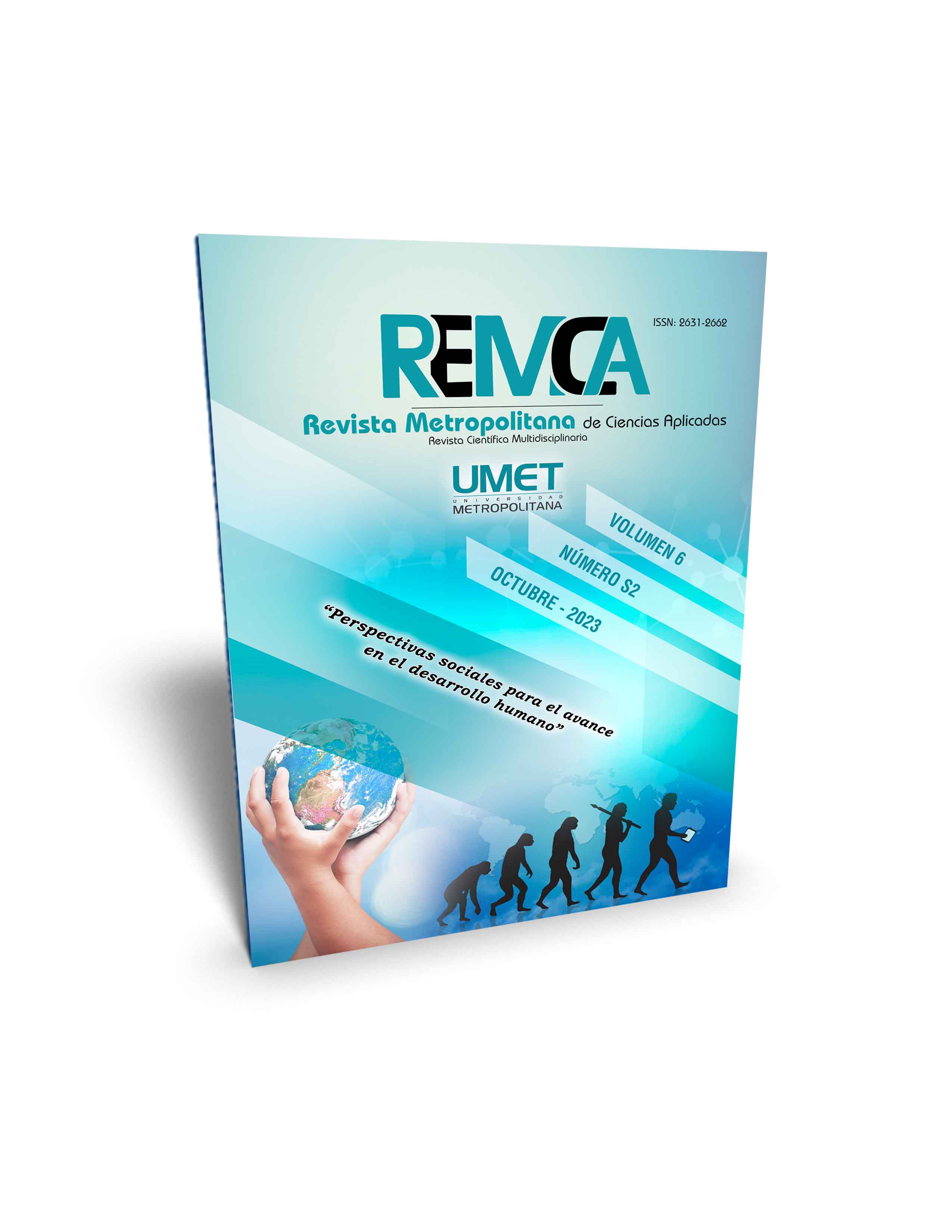Mediation within the indigenous justice
DOI:
https://doi.org/10.62452/naga1356Keywords:
Arbitration, worldview, indigenous justice, mediationAbstract
In accordance with the Constitution in the Republic of Ecuador, indigenous communities, peoples and nationalities are empowered to exercise jurisdictional functions in their territorial scope, in accordance with their ancestral traditions and their own law. Currently, the authorities of these communities can resolve the various internal controversies in accordance with their own laws and policies, as long as they do not violate the Constitution or internationally recognized human rights. The State must ensure that all public agencies and institutions adhere to the rulings of the indigenous jurisdiction; with the exception of criminal matters, which have a differentiated treatment in ordinary justice. With this approach, we recognize that the State is not the only source of justice, being applicable a parallel legal system that respects the norms of the native communities. Thus, conflict resolution alternatives such as mediation emerge as a viable method to resolve disputes. Due to his success in protecting the cultural norms and traditions of indigenous communities, this figure serves as an illustrative model of legal diversity. This paper delves into the value of mediation as a means to achieve legal pluralism that respects indigenous uses and customs.
Downloads
References
Aragón Andrade, O. (2007). Los sistemas jurídicos indígenas frente al derecho estatal en México. Una defensa del pluralismo jurídico. Boletín Mexicano de Derecho Comparado, 40 (118), 9-26.
Barié, C. G. (2003). Pueblos indígenas y derechos constitucionales en América Latina: un panorama. Editorial Abya Yala.
Barié, C. G. (2008). Derecho indígena y medios alternativos de resolución de conflictos. Urvio. Revista Latinoamericana de Seguridad Ciudadana, 3, 110-118.
Centro para el Estudio Interdisciplinario de Derecho y Sociedad. (2013). ¿Qué es la mediación comunitaria? http://www.cides.org.ec/index.php/mediacion/que-es-la-mediacion-comunitaria
Ecuador. Asamblea Nacional Cosntituyente. (2008). Constitución de la República del Ecuador. Registro Oficial 449. https://www.oas.org/juridico/pdfs/mesicic4_ecu_const.pdf
Ecuador. Congreso Nacional. (2006). Ley de Arbitraje y Mediación y sus reformas. Consejo de la judicatura. Registro Oficial 417. https://www.funcionjudicial.gob.ec/www/pdf/mediacion/Ley%20de%20Arbitraje%20y%20Mediacion.pdf
Escriche, J. (1977). Diccionario de Legislación y Jurisprudencia. Tomo II. Editorial TEMIS.
Lorenzo Aguilar, J., & González Morales, M. M. (2018). Qué es la mediación. Ediciones Lorca.
Regalado, J. A. (2012). De las sanciones y las penas en la justicia indígena. En, J. C. Martínez, C. Steiner y P. Uribe, P, Elementos y técnicas de pluralismo jurídico. Manual de operadores de justicia. (pp. 98-110. Prujula.
Stavenhagen, R., & Iturralde, D. A. (1990). Entre la ley y la costumbre: el derecho consuetudinario indígena en América Latina. III-IIDH.
Vargas Villacres, B.R. (2017). El derecho consuetudinario de los pueblos originarios del Ecuador. (Ponencia). I Congreso de: Ciencia, Sociedad E Investigación Universitaria. Pontificia Universidad Católica del Ecuador, Ecuador.
World Justice Project. (2021). Mediación Indígena: Acercando la justicia. https://worldjusticeproject.mx/mediacion-indigena-acercando-la-justicia/
Downloads
Published
Issue
Section
License
Copyright (c) 2023 Pepita Ximena Bourgeat-Flores, Martha Alejandra Morales-Navarrete (Autor/a)

This work is licensed under a Creative Commons Attribution-NonCommercial-ShareAlike 4.0 International License.
Authors who publish in Revista Metropolitana de Ciencias Aplicadas (REMCA), agree to the following terms:
1. Copyright
Authors retain unrestricted copyright to their work. Authors grant the journal the right of first publication. To this end, they assign the journal non-exclusive exploitation rights (reproduction, distribution, public communication, and transformation). Authors may enter into additional agreements for the non-exclusive distribution of the version of the work published in the journal, provided that acknowledgment of its initial publication in this journal is given.
© The authors.
2. License
The articles are published in the journal under the Creative Commons Attribution-NonCommercial-ShareAlike 4.0 International License (CC BY-NC-SA 4.0). The terms can be found at: https://creativecommons.org/licenses/by-nc-sa/4.0/deed.en
This license allows:
- Sharing: Copying and redistributing the material in any medium or format.
- Adapting: Remixing, transforming, and building upon the material.
Under the following terms:
- Attribution: You must give appropriate credit, provide a link to the license, and indicate if any changes were made. You may do this in any reasonable manner, but not in any way that suggests the licensor endorses or sponsors your use.
- NonCommercial: You may not use the material for commercial purposes.
- ShareAlike: If you remix, transform, or build upon the material, you must distribute your creation under the same license as the original work.
There are no additional restrictions. You may not apply legal terms or technological measures that legally restrict others from doing anything the license permits.




